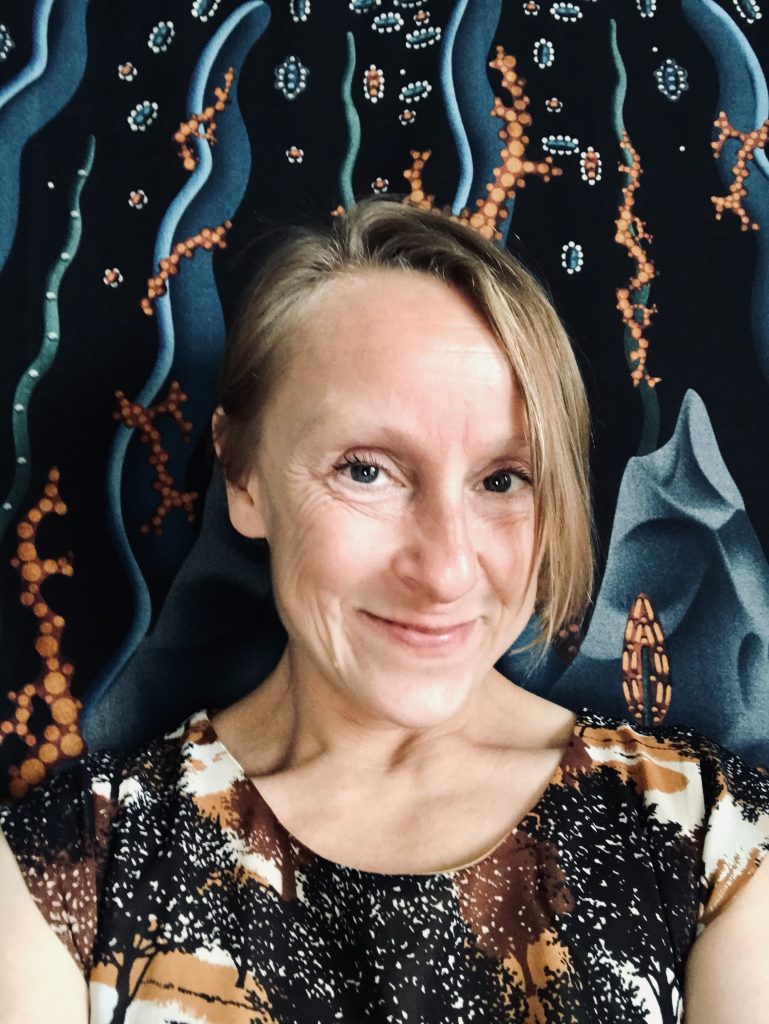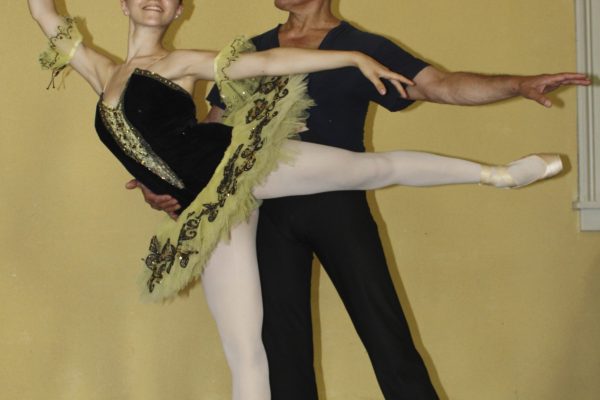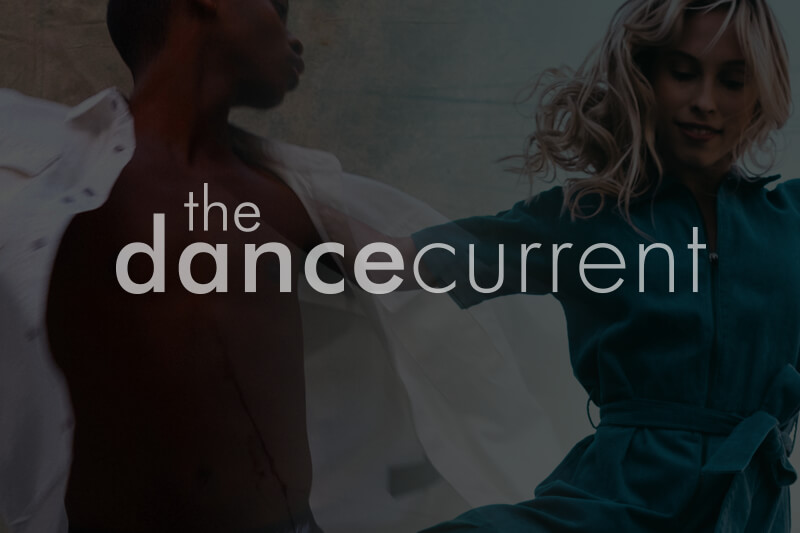This article was originally published in the Fall 2022 print issue.
The School of Toronto Dance Theatre’s mission is to be an exceptional training program and help shape the future of dance in Canada. After appointing new artistic and pedagogical director Sasha Ivanochko, the school is entering a transformational time, ushering in new student-centered curriculum changes. The goal: to prepare graduates to “hit the ground running with strong tools and self-reliance, a healthy network, and know how to begin to navigate the professional milieu,” says Ivanochko.
Of everything she has practised in her more than 30 years as an artist, Ivanochko says teaching has been the most revitalizing. “Students are naturally innovative with their open questions and open-mindedness to questioning,” she says. The voices and needs of students are at the heart of the school’s new curriculum and she wants them to feel seen, heard and respected. “And that we’re collaborating with them in support of their learning and their goals,” she says. “The school does not exist without students.”
Providing students with strong tools to realize their work is the school’s top priority. Ivanochko also feels that the school is responsible for supporting innovation, something that has informed the new curriculum’s goals of providing a holistic education, balancing rigour and innovation, and empowering students to communicate their ideas artistically. She desires “a hub for networking and exchange for students, faculty and visiting guest artists and pedagogues.” In short, she is building a thriving community to support the health of the dance sector as a whole, something she deeply cares about.
Throughout her career, Ivanochko has committed to advocacy within the dance sector. From 2006-2009, she served as chair of the Canadian Alliance of Dance Artists, East Chapter, and from 2009-2011, she served as chair of the Independent Standing Council with the Canadian Dance Assembly. Her new role is an extension of this work.
The school will gradually introduce the new curriculum over the next three years, but Ivanochko has already implemented some changes. Dance history is taught from an anti-racist perspective; the creative process courses focus on composition; and improvisation falls under the technique umbrella. Phasing out Graham technique, the school will incorporate newer techniques from across the globe, including Flying Low and Passing Through, a technique developed by David Zambrano that centres around the dancer’s relationship to the floor and group dynamics; and Inspired by Fighting Monkey, a practice developed by Linda Kapetanea and Jozef Frucek that sits at the intersection of art, athletics and movement, among others.

With Ivanochko at the helm, The School of Toronto Dance Theatre is ready to embrace flow and curiosity while forging a new path. “In 1968, the school’s originators were game changers, rule breakers and bold artists relating vulnerably to their contemporary moment,” says Katie Adams-Gossage, a 2022 graduate and Winchester Prize co-recipient, in an email. “While responding entirely to the reality of our current arts landscape, the school’s new value proposition arguably brings the school back to its inception point as a place for innovation, radicality, and physicality for today’s young dance artists.”
The School of Toronto Dance Theatre prepares students to communicate artistically and meaningfully contribute to the field of contemporary dance, becoming agential, reflective and purposeful emerging artists who are able to create contexts for their own work. Our studio-based and academic courses provide multiple entry points through which students develop and integrate current physical and creative techniques, critical reflection and vision. By engaging and connecting the students with local and international practicing artists/teachers, we foster a dynamic flow of new ideas and technologies, supporting student networking, entry into the workforce and the evolution of the field at large. As the institution’s central axis, our core faculty and staff influence and benefit from being at this intersection, with professional leadership and development a strong aspect to artistic and knowledge exchange. Visit our website for our admission guidelines and to learn more about the program and application process. schooloftdt.org
Tagged:






